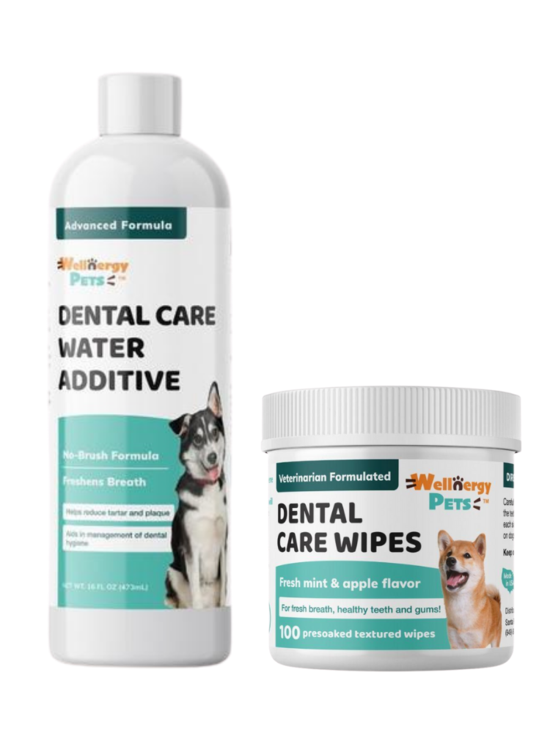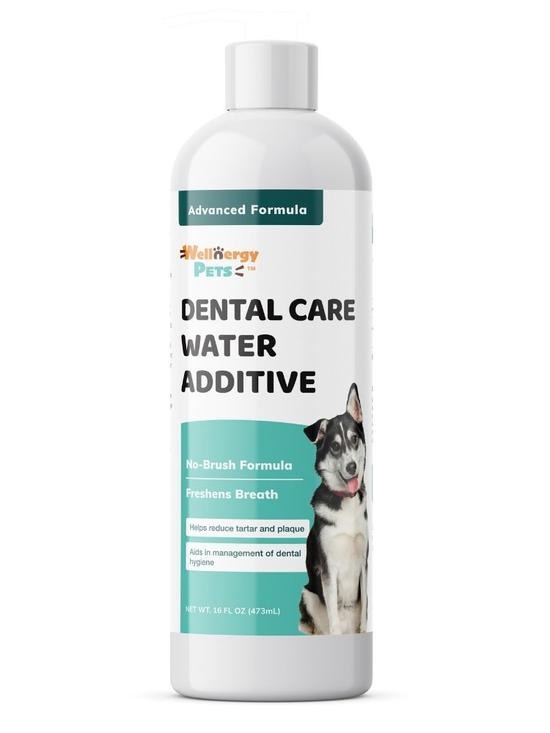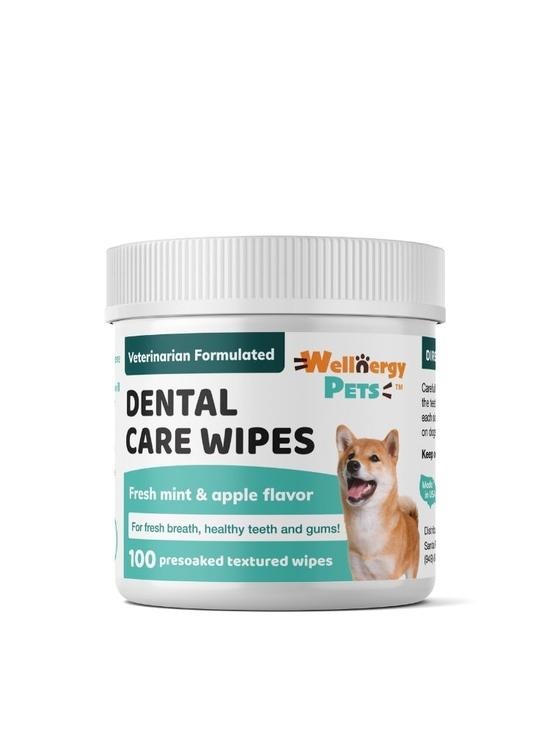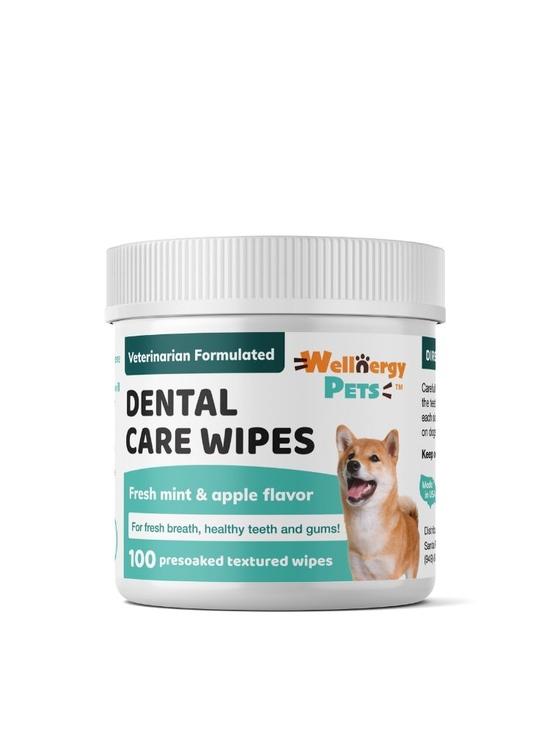February marks National Pet Dental Health Month, so today we are going to talk about dental disease in our pets. No, we’re not talking about cavities or wisdom teeth–we’re talking about the number one cause of dental issues in pets: Periodontal Disease in dogs and cats, where build-up of plaque on and around the teeth can start to cause discomfort, pain, swelling, and infection around your pet’s teeth and gums. With good at-home dental routines and regular professional dental cleanings with your veterinarian, you can prevent your pet from suffering from periodontal disease.
What is Periodontal Disease in Dogs and Cats?
Caused by poor oral hygiene, periodontal disease is not only the most common dental disease in our pets, but also the most common issue affecting our dogs and cats that we see in veterinary clinics, with 78% of dogs and 68% of cats over the age of three being affected. Periodontal disease is caused by bacterial plaque and tartar gathering both above and below the gumline, resulting in inflammation and infection. Initially, you can see bad breath and mild discomfort in your pet’s mouth. Eventually, the infection can spread underneath the gum and into the bone and supporting tissues of the teeth, causing inflamed gums (gingivitis), exposed tooth roots and gum recession, and eventually teeth and bone loss. In some cases, periodontal disease in dogs and cats can be so severe that bacteria access the exposed blood vessels in the bone and teeth, spread and lodge into remote sites in the heart, kidney, liver, and joints, resulting in serious issues. Small dog breeds, such as Cavalier King Charles Spaniels, Dachshunds, and Toy Poodles, are more prone to developing periodontal disease than larger breeds.

What are Signs of Periodontal Disease in Dogs and Cats?
Looking for signs and symptoms of periodontal disease in dogs and cats, can be as easy as flipping up your pet’s lip. Look for the following signs of periodontal disease:
· Bad breath
· Red, tender, swollen or bleeding gums
· Tartar and Plaque (yellow/gray/brown) build up on teeth
· Loose or broken teeth
· Decreased appetite
· Weight loss
· Nasal discharge
· Oral pain: you’ll see more difficulty in chewing (ie. chewing more on one side of the mouth, dropping food out of mouth when eating), not playing with toys or chew sticks as often, and being more guarded when you are around your pet’s lips and mouth.

It is important to note pets can mask pain and not show the above-listed signs; therefore, oral exams every six months are critical to maintaining your pet’s health. If you have any concerns or notice any of these signs, schedule an appointment with your local veterinarian right away.
Here are some services we provide –
· vet recommended dog water additive
· dog bad breath water additive
How to Treat Periodontal Disease in Dogs and Cats?
The most common treatment of periodontal disease in dogs and cats your veterinarian will recommend is a professional dental cleaning performed under general anesthesia. Under general anesthesia, treatment for pets with mild to moderate periodontal disease include ultrasonic dental cleaning, hand scaling above and below the gumline, polishing the teeth, and rinsing after the cleaning with an oral care. However, pets with severe periodontal disease may need further, more aggressive therapy including dental x-rays, pain blocks, extractions of diseased teeth, oral surgery, pre- and post- procedure oral antibiotics, and pain medications. Dog’s with severe periodontal disease may also require more frequent professional dental cleanings in the future, or even a referral to veterinary dental specialists.

How to Prevent Periodontal disease in Dogs and Cats?
Periodontal disease in dogs and cats can be prevented and pushed back effectively when caught early on during annual examinations with your veterinarian and developing a routine regimen that works best for you and your pet. We recommend the following preventative care measures:
· Brushing teeth at least every other day with veterinary recommended toothbrushes, toothpaste, or dental wipes is one of the best ways to mechanically reduce the plaque and tartar build-up that causes periodontal disease.
· Dental rinses or water additives made specifically for pets can reduce bacteria, tartar, and plaque build-up that causes periodontal disease as well, and can also help to freshen your pet’s breath.
· Professional Dental cleanings with your veterinarian under general anesthesia. Most pets benefit the most from regularly scheduled annual dental cleanings, especially before signs of periodontal disease are present. This will reduce bacteria and plaque build-up above and below the gumline, preventing periodontal disease and tartar where we can’t see or access ourselves.
· Dental chew toys and treats or food specially formulated to mechanically and enzymatically work with your pet’s chewing action to reduce the formation of plaque or tartar. Although these cannot replace the effectiveness of dental brushing or water additives, they are a great supplement and treat for your pet.

If you have a puppy or kitten, get them accustomed to opening their mouth, moving the upper and lower lips, and giving regular gum massages. This will help with them being more accepting of regular tooth brushing and oral exams in the future.
I hope this information helps you understand a bit more about the most common dental disease in pets and guide you in taking care of your pet’s teeth and gums in the future. If you start seeing signs of bad breath, teeth discoloration, and inflamed, bleeding gums, please make an appointment with your local veterinarian. Lastly, feel free to reach out to our team on Facebook, Instagram, email, or in the comments section below if you found this article helpful or have any questions about our dental care products.

Wellnergy Pets™
Wellnergy Pets is a trademark of Wellnergize Corp.
New York, USA
(949) 878-9387
hello@wellnergypets.com



















No Comments